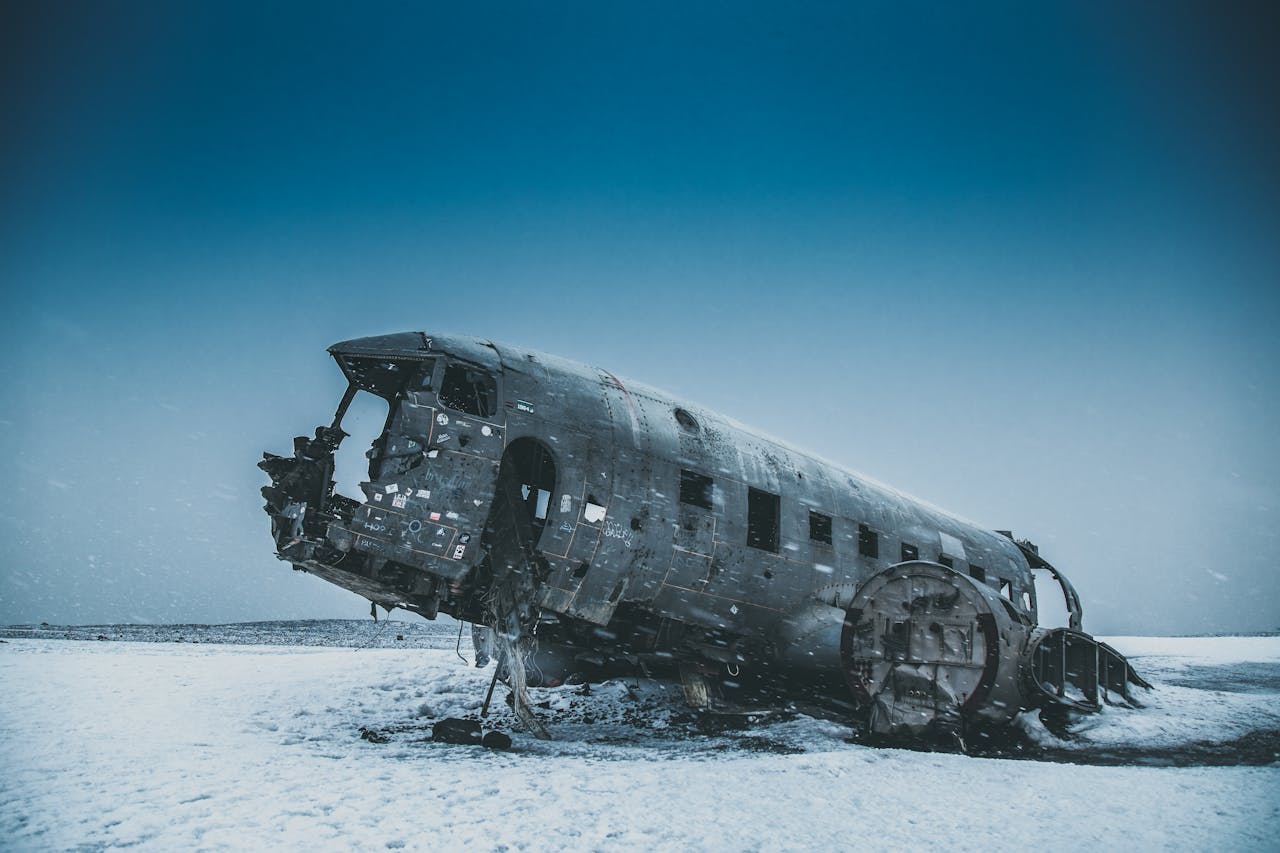Those impacted by a disaster require a lot of assistance in the days and weeks that follow the incident. Globally, 416 natural disasters were registered in 2020 and although it could make headlines for a few days or weeks, it usually takes years to recover. Thankfully, a lot of NGOs stay in touch with disaster-affected communities long after the relief activities.

- Disaster relief groups are always prepared to offer several kinds of assistance, including food, water, shelter, and even rehabilitation services.
- Most nonprofits develop long-term catastrophe management programs in addition to their immediate relief efforts.
What are the roles nonprofits play in disaster relief efforts?
The purpose of this article is to draw attention to the vital role nonprofit organisations play in providing emergency response teams during catastrophic disasters.
1. Providing Volunteers
Primarily, nonprofit organisations supply workforce volunteers and encourage surrounding communities to work together to rescue stranded individuals. Given that government departments may be constrained by their available resources, nonprofits work to provide the needed support.
Oftentimes, volunteers are the first responders who risk their lives to help others. Therefore, these individuals are prepared and eager to be present in the affected areas. It is imperative to emphasise the invaluable contribution that each volunteer makes since every second could mean the difference between life and death for stranded individuals and communities.
2. Emergency Relief
Second, recruiting volunteers is just one aspect of the vital role of nonprofits. As we all know, crucial relief effort is required during emergencies and this continues for weeks or even months after the emergency. Hurricanes may destroy entire towns. Consequently, the nonprofit sector plays a vital role in saving lives. This is especially true of disaster relief organisations at the forefront of responding to catastrophic occurrences.
3. Management programs
Most nonprofits develop long-term catastrophe management programs in addition to their immediate relief efforts. Essentially, the goal of the rehabilitation efforts is to revitalise the devastated areas and communities. This is by offering livelihood options, infrastructure support, educational opportunities, healthcare facilities, and so on.
Effective catastrophe management is made possible by the readiness of these organisations. The changing global dynamics brought about by population growth, climate change, urbanisation, and environmental degradation have increased disasters worldwide. Hence, a growing number of nonprofit organisations are establishing networks and teams to act swiftly and commence mobilisation in the event of a crisis.
4. Damage control
It is important to remember that natural disaster losses and damages are typically unpredictable. This means that, despite the use of extremely sophisticated technology to track the weather and warn of impending hurricanes and other natural disasters, it is impossible to pinpoint the exact location of the disaster, the number of material losses, or the number of lives lost. For this reason, disaster relief groups are always prepared to offer several kinds of assistance, including food, water, shelter, and even rehabilitation services.
5. Mobilisation
While not all nonprofits are physically present in the impacted areas, they can nevertheless offer tremendous support to regions hit by natural disasters. To support areas hit by catastrophes, nonprofit organisations may engage their local communities and wider constituencies in fundraising initiatives. By and large, these groups provide the resources and money they have raised to legitimate organisations that are present in the affected areas. This kind of assistance is crucial as the aftermath of the tragedy necessitates the use of every resource to relieve the impacted areas and their residents.
6. Advocacy
Lastly, when rebuilding efforts get underway, there’s an even greater need for nonprofit advocacy because of the increased demand for services. Organisations often speak for their members’ interests before local, state, and federal legislators. They also ensure that community concerns are not overlooked in the confusion of the healing process.
Conclusion
NGOs play a vital role in saving lives and assisting impacted areas in recovering from natural disasters, regardless of how and when they happen. Hence, when a natural disaster strikes, the organisations’ resources are ready to respond to the call of duty. Likewise, the leadership of nonprofit organisations must pay close attention to the level of preparedness of their respective organisations.
If this article resonates with you, we welcome your thoughts, suggestions, and questions.


